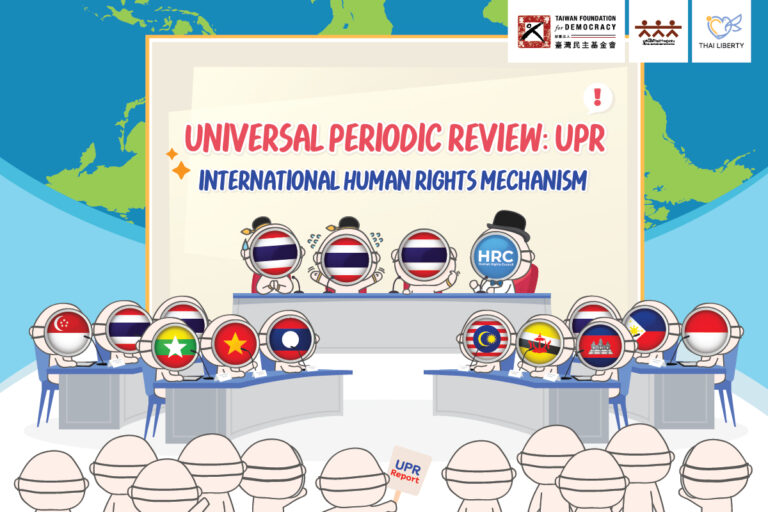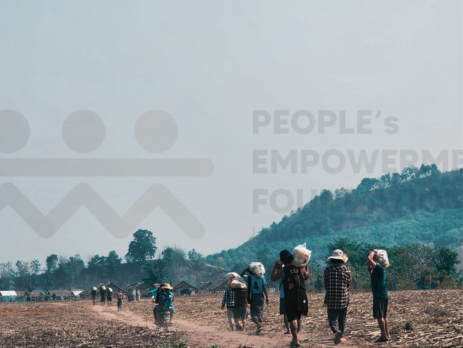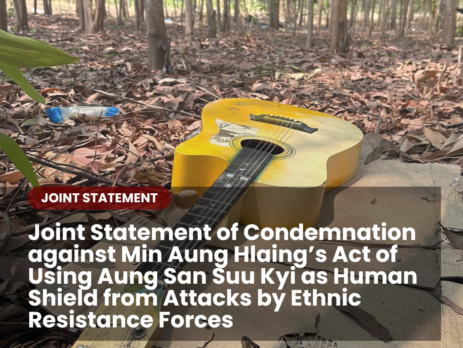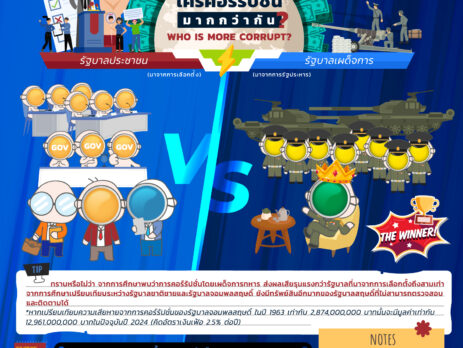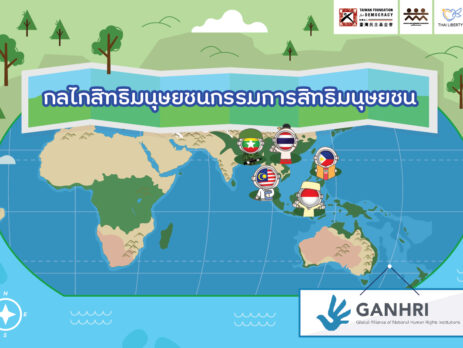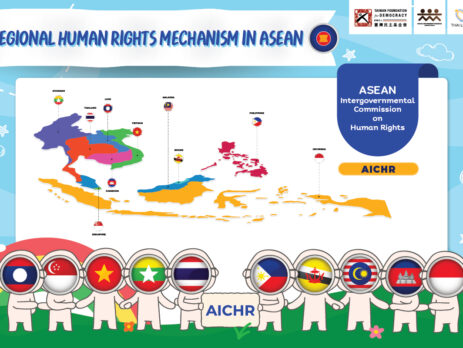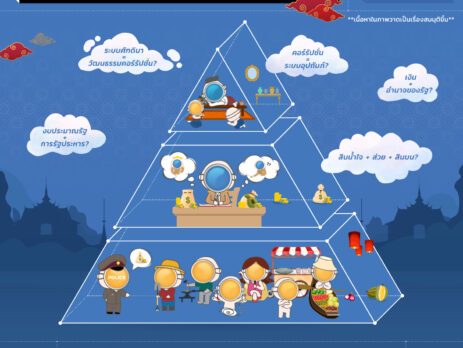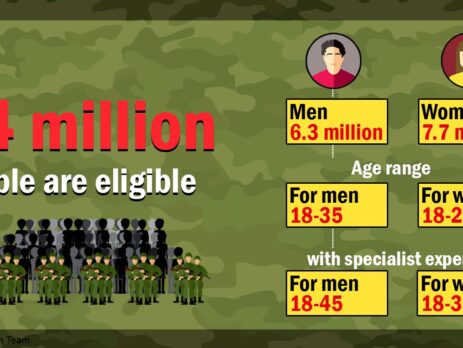Human Rights Cartoon series chapter 2 “International Human Rights Treaty Bodies”
All over the world, there are a lot of international treaties and conventions. Does anyone know how many human rights treaties exist? We, as global citizens and each government can participate with those treaties?
The People Empowerment Foundation invites everyone to study together with us through the cartoon series in Chapter 2, The International Human Rights Treaties.
#PEF #peoplesempowermentfoundation #มูลนิธิศักยภาพชุมชน

What is a treaty?
A treaty is an agreement, signed contract, or document for a formal international document that contains “binding” practice that must be implemented by each government. The general nature of treaty can be divided into two main periods: The first period: before the establishment of the United Nations (UN): Most treaties during this period contained issues of war, colonization, and territorial possession, taking advantage of political power and exploiting national resources between countries.

After establishing the UN, many treaties have been created to promote peace following the principles of the United Nations Charter.

How many human rights conventions do we currently have?
The answer is “9 treaties”. However, some human rights treaties also have additional documents known as “Optional Protocols”, which are supplementary to each Convention.
For example, The International Covenant on Civil and Political Rights in 1976 was additionally accompanied by the First Optional Protocol, allowing citizens to submit complain directly to the Human Rights Committees if there is a violation of human rights by the state (Thailand did not sign). Later, there was a second Optional Protocol containing content about abolishing the death penalty (Thailand did not also sign it). Therefore, there are relatively three civil rights treaties in total.
1. International Covenant on Civil and Political Rights 1976 (Thailand signed)
2. First Optional Protocol International Covenant on Civil and Political Rights 1976 (Submission of complaints directly to the Human Rights Committees) (Thailand has not signed)
3. Second Optional Protocol International Covenant on Civil and Political Rights 1991 (Abolition of the Death Penalty) (Thailand has not signed it)
Tip
International Convention on the Elimination of All Forms of Racial Discrimination = CERD
International Covenant on Civil and Political Rights = ICCPR
International Covenant on Economic, Social and Cultural Rights = ICESCR
Convention on the Elimination of All Forms of Discrimination against Women = CEDAW
Convention against Torture and Other Cruel, Inhuman or Degrading Treatment or Punishment = CAT
Convention on the Rights of the Child = CRC
International Convention on the Protection of the Rights of All Migrant Workers and Members of their Families = ICMRW
Convention on the Rights of Persons with Disabilities = CRPD
International Convention for the Protection of all Persons from Enforced Disappearance = ICPPED

The review process among treaties will be similar, but not all are the same.
The process can be recognized into 5 steps
1. Report preparation steps
2. Prepare to enter the review process.
3. Report consideration (review)
4. Summary of recommendations (Concluding Observation)
5. Implementation of recommendations
The general civil societies can also submit a parallel report (Shadow Report) to the Treaty Committees. Then, the Treaties Committees can consider raising the civil society’s concerns to the government while considering the report.

Table comparing the similarities and differences of the nine conventions.

Table of signing treaties by ASEAN governments (Information at the end of 2022)
There are three characteristics of the approval process for human rights treaties.
1. Signature: expresses the intention to become a party to the treaties, and the government implicitly requests time to go back and review national laws and conditions within the country before ratifying.
2. Ratification: is to be a party to the convention, and it is necessary to enter the review process of the treaty committees.
3. Accession: is the step that goes to ratification immediately.

In addition to reviewing, the Treaty Committees can issue “General Comments” to all state parties for guidance to be implemented in the country and enable state parties to achieve the objectives of the treaties.

In summary, human rights treaties are international agreements that aim to advance human rights in specific areas of each treaty. Its treaties also have a monitoring mechanism by the Treaties Committees. When a government ratifies a convention, it is bound by the treaties and is subject to under-review mechanisms.
There are currently nine major human rights conventions, and the civil society can submit parallel reports to the treaty committees.
The People’s Empowerment Foundation invites anyone interested to submit a report to the treaty committee to be part of the mechanism for developing human rights together.
If anyone wants to learn more or organize training at any level, please contact the People’s Empowerment Foundation via the foundation’s message

